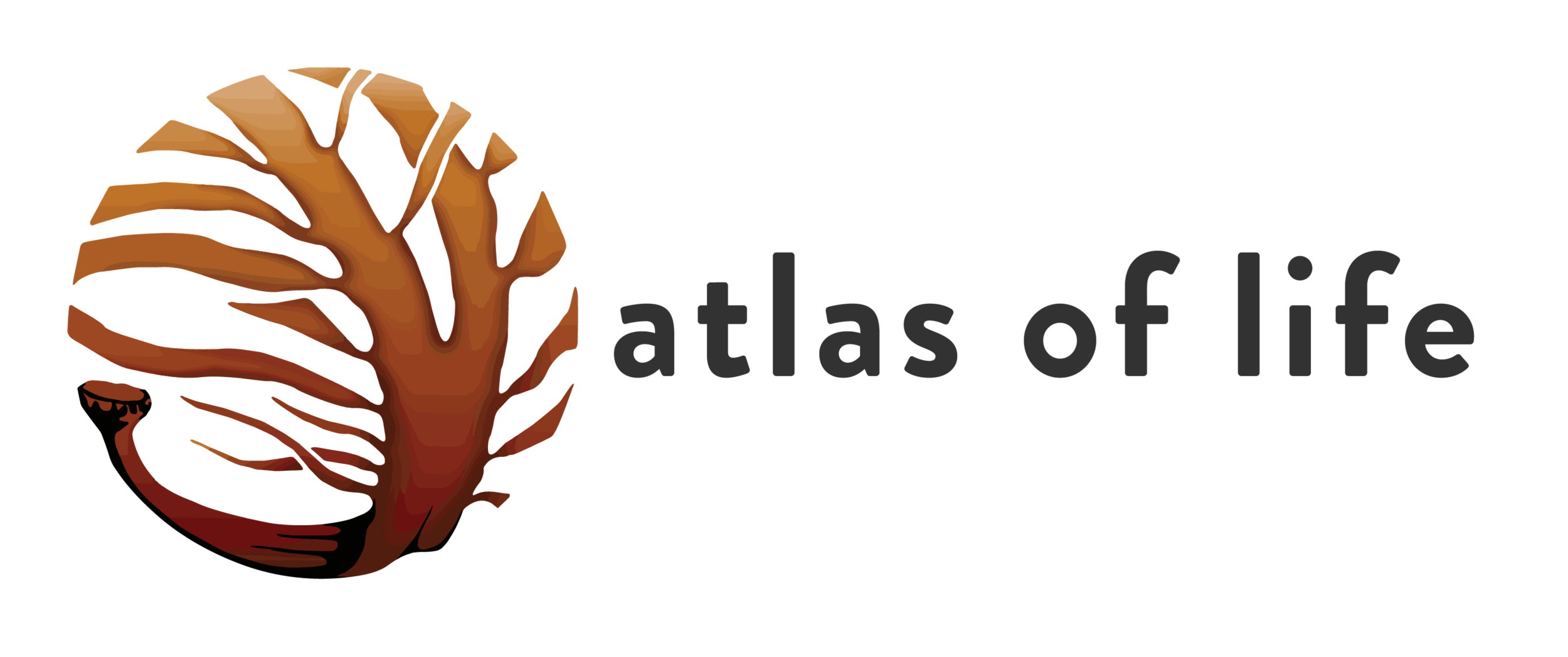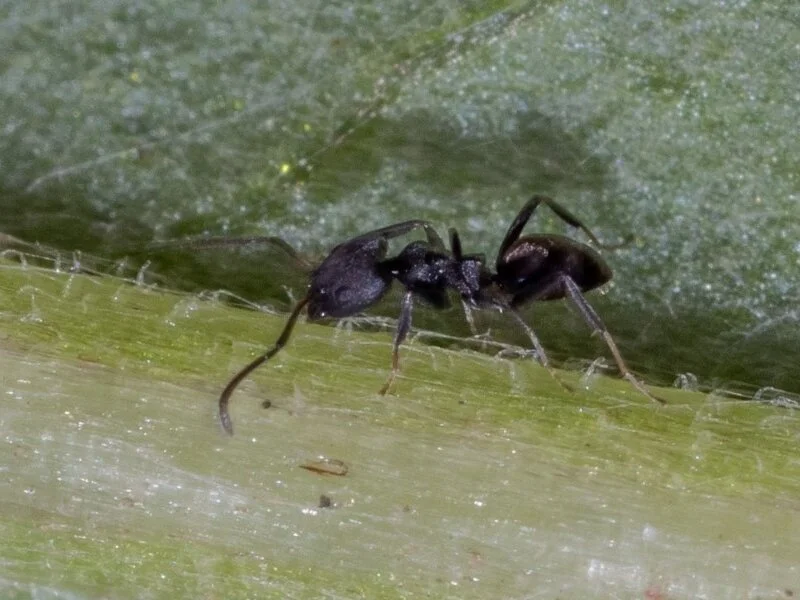INSECT RAMBLE in Eden
WINGS OF SPRING 2019
Sunday 10th November from 10am
FINAL report
The Lake Curalo Foreshore Reserve is a biodiverse patch of regenerating wetland and edge habitat within Eden’s town boundaries.
The Reserve is a refuge for a variety of birds – but we were on the search for butterflies, beetles, grasshoppers and bugs. Any small creatures we could find, with wings or without. The Lake Curalo Trail circumnavigates the lake, with a tricky section to the north of the beach and lake entrance. But we were not planning a trek. Rather, we set out slowly … looking closely at the small things! Little did we realise it would take so long to cross the first patch of cleared area. There was too much to see!
Introductions and briefing before we set out from the start point at Lakeside Drive
Led by naturalists, entomologist and ecologists, we braved a windy start to the day as we explored these diverse ecosystems in the heart of Eden.
A partnership with Bega Valley Shire Council made this event possible. Huge thanks to Jess O’Brien, in particular.
The aims
The Insect Ramble was a bioscan. That is, we sought to document all the insects we could discover, plus any other invertebrates such as spiders.
A chance for people of all ages to spend time in the field with experienced entomologists and ecologists.
It was also a chance for local people to become more familiar with the biodiversity of the lakeside reserve.
Expert assistance
We were very fortunate to have three experienced entomologists and ecologists join us for the day. Roger Farrow, Stuart Harris, and Harvey Perkins travelled from Canberra to share their knowledge and help us in the search. They have a continuing association with the Atlas of Life through their involvement as NatureMapr moderators.
The people
We were delighted to have several families join the group. Indeed, these young naturalists contributed to the success of the day. Their fascination, sharp eyes and curiosity helped in the search for tiny bugs and beetles.
Magnifying bug viewers are handy tools.
Visiting citizen scientist Stuart Harris helped inspire young naturalists.
Pretty little beetles are fascinating!
Eyes down as we search, with entomologist Dr Roger Farrow leading the way.
Dr Harvey Perkins (right) shared his detailed knowledge of dragonflies, scouting the creeks that feed into the lake.
As hats take flight it’s time to head for the shelter of the forest trail.
Getting sidetracked
Leaf litter and low shrubs provide plenty of opportunities to discover more insects.
Nets can help as we sweep the vegetation, but many pairs of keen eyes are really the main asset.
Photographers gathering to discuss and record their finds.
Species lists - Update
All of the Nature sightings from the day have now been uploaded to our database on NatureMapr and our project moderators have confirmed species identifications. These sightings will become part of the growing biodiversity records of the region … and of Eden, in particular. Thank you to everyone involved!
Take a quick tour
Below are just some of the sightings added. Click on any one to view the NatureMapr record.
Some of the beetles (order: Coleoptera)
In terms of diversity, beetles won the day. There were at least four different species of ladybird beetles alone!!
Beetles live mostly as grubs. They do all their growing as larvae. Beetle ‘grubs’ vary greatly in shape and life style. Some are active hunters, others spend their lives boring inside trees or burrowing underground.
Some of the bugs (order: Hemiptera)
Gradual metamorphosis. Unlike many insects (such as butterflies, beetles, wasps and flies), hemipterans develop their adult features gradually. Young bugs typically resemble their parents … but without wings.
Some of the flies (order: Diptera)
Adult flies don’t grow. Flies do all their growing, and most of their feeding, as larvae. Some larvae are vegetarian, some eat carrion and animal waste. And some even eat live animals … such as the larvae of other insects.
Some of the moths & butterflies (order: Lepidoptera)
Moth diversity is staggering. There are around 400 Australian butterfly species. By comparison, there are an estimated 20-30,000 species of moths! Although many moths fly at night, some species are active during the day.
Some of the other insects
Some of the spiders
Some of the other animals
Some of the plants
Although the focus was on insects, Jackie Miles took the opportunity to record various plants.
A few of the natives, in flower or otherwise of note
A few of introduced plants, including a native garden escapee out of its normal range
And finally, a few more people shots, memories of a highly enjoyable and successful day!






















































































